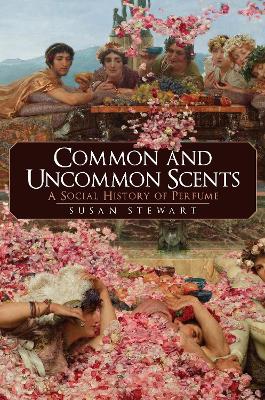Pleasant smells have long been associated not only with health, wealth and good hygiene but also sound moral character; bad smells indicate lack of cleanliness, ill health, poverty - and immorality. Throughout history, people have applied scents to their bodies and clothing. They have carried perfumed objects, worn scented jewelry, sent scented letters, even exchanged scented coins. Aromas have been used to perfume private houses and public spaces from the ancient world to today.Gaining an understanding of how scents were used allows us to get up close and personal to daily life in any given period.
Some uses of scent are particularly revealing: the smell of the impressive quantities of blood spilt in the Colosseum of Ancient Rome was masked by a sprinkler system discharging saffron into the arena. Cosmus the perfumier's scented pastilles designed to hide bad breath were famous enough to be lauded by the poet Martial. Leather gloves in the Renaissance period stank to high heaven and had to be perfumed. The first designer perfume was created by the fashion designer Paul Poiret in 1920, who scented the hems of the dresses in his collection. The 'democritisation' of perfume by the introduction of synthetic scent is a fascinating story in itself. Susan Sterwart's analysis is in line with the very latest research into sensory history, tailored to the general reader.
- ISBN10 1445693186
- ISBN13 9781445693187
- Publish Date 15 November 2022
- Publish Status Forthcoming
- Publish Country GB
- Imprint Amberley Publishing
- Format Hardcover
- Pages 288
- Language English
